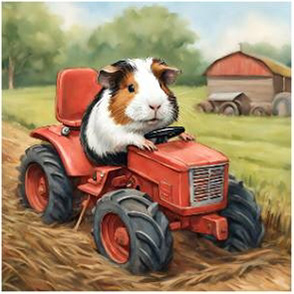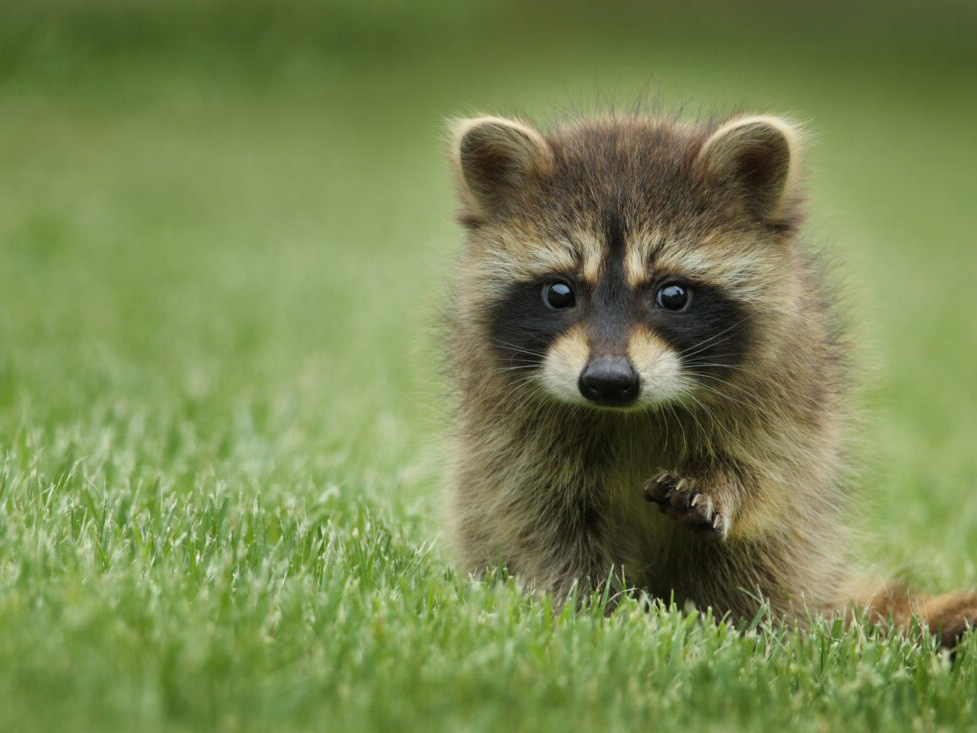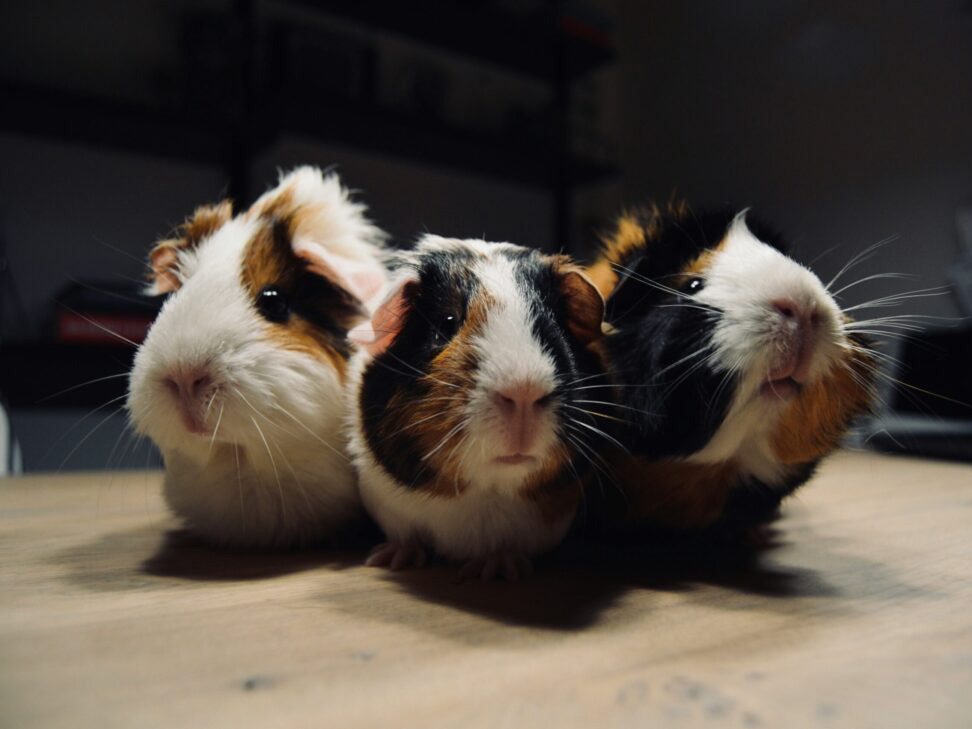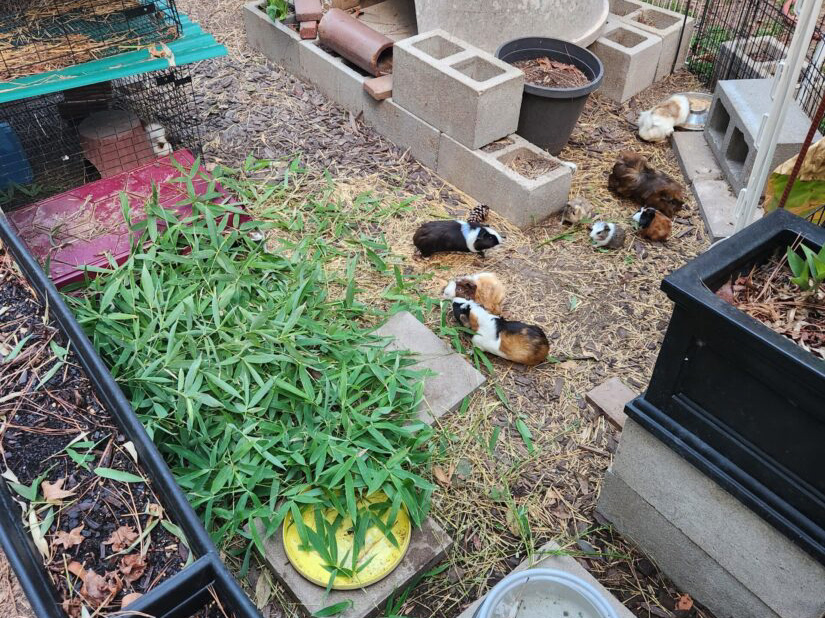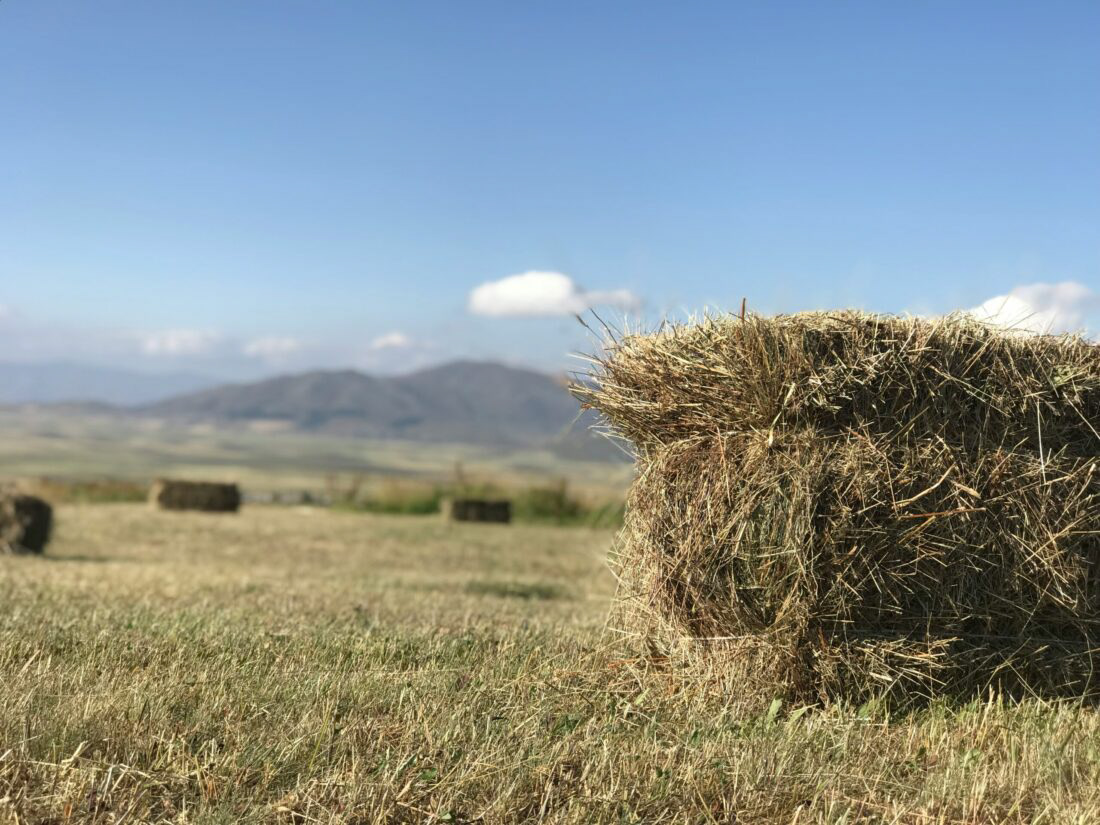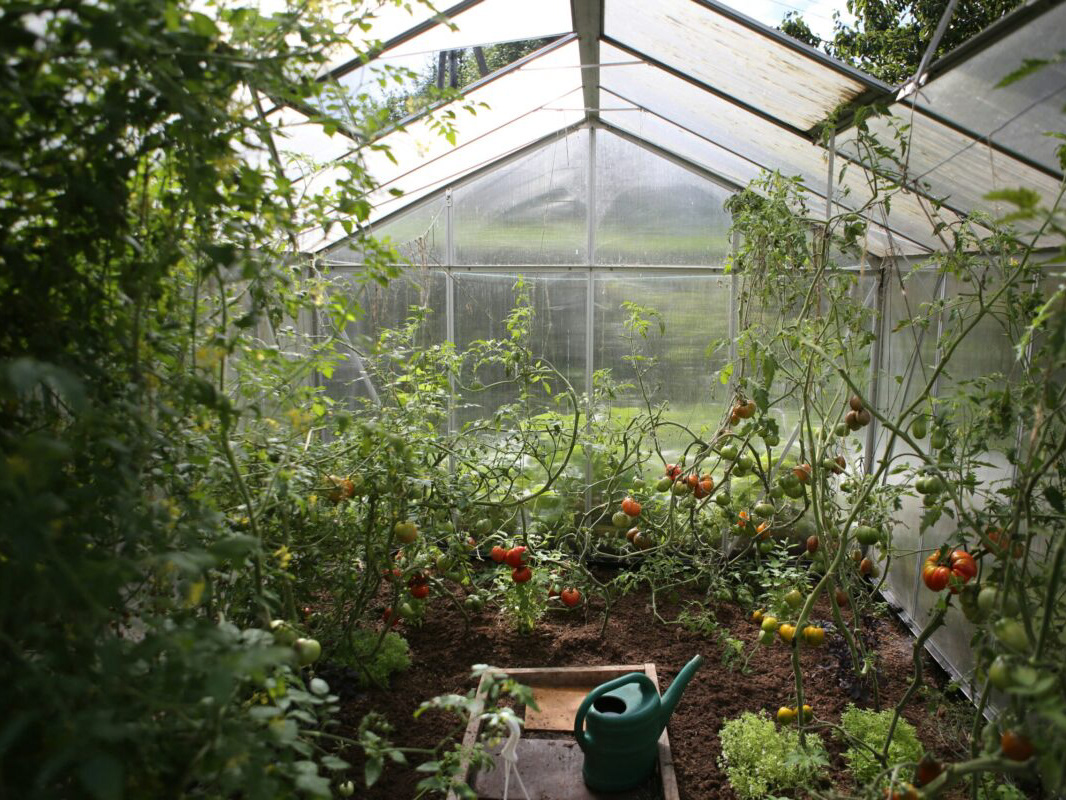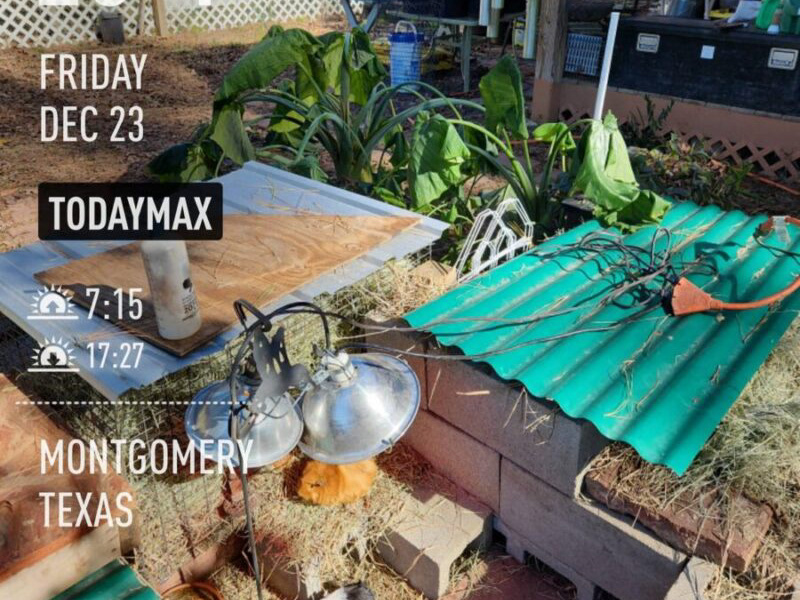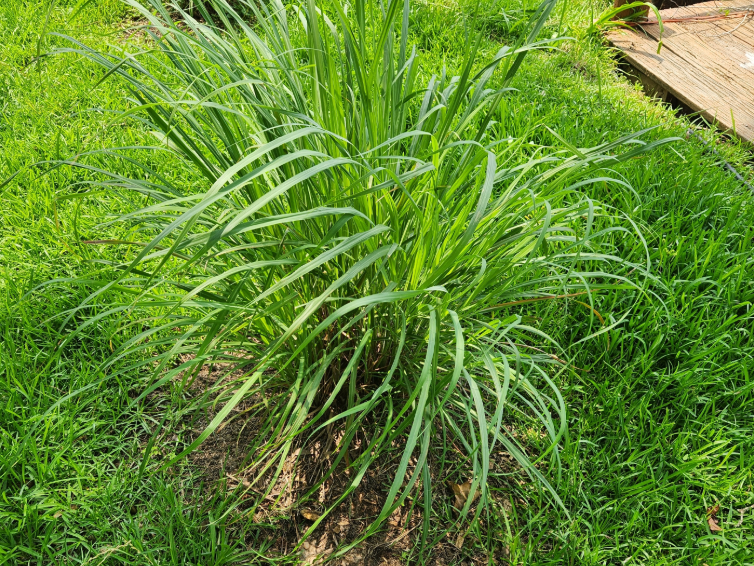Hello friends, Let’s talk Sustainable gardening practices with bathtub worm farming. As expected for a mid-summer Sunday morning it is pretty peaceful here in the garden. As I water the plants this morning I inevitably come across the aftermath of yesterday’s attempt to push the limits of my fertilizer station dubbed The Wiggle Ranch. While pondering ways to make it better, I found myself quickly moving along and noticing some other things that need to be done.
The Wagon’s New Inhabitants
After tending to the mulberry tree I’m eager to propagate, I turned my attention to dragon fruit plants in small clay pots inside an old radio flyer wagon. The grass growing there caught my eye. A few weeks ago, as I prepared containers for the upcoming fall garden, a pleasant surprise awaited me. While emptying containers from the previous spring garden, I discovered a 15-gallon pot with a low-growing weed. Intuition guided me not to discard it, and I’m thankful I didn’t because it turned out to be Thyme. Recognizing the significance of life’s small joys, planting aromatic Thyme in our two wagons becomes a crucial task in our garden.
A Work in Progress
Back to the big story though, There are a few improvements that could be made to my backyard fertilizer station. One of those improvements being a charcoal filter between the lake water and duck pool. It also appears I will need to be patient with this process as trying to speed it up did not work so well because the drain ended up clogging. However another filter system at the back end of this system should allow me to capture premium worm castings while separating the leachate. It is clear to me now that there is much more to do to this system before it’s ready for production.
Backyard Fertilizer Station
I found these suggestions in reference to dealing with worm leachate using ChatGPT Uses for leachate.
Compost Activator
You can pour diluted leachate onto your compost pile to accelerate the decomposition process. The nutrients and microbes can help break down organic materials faster.
Soil Enhancer
If you’re not using it directly on plants, you can till or mix the diluted leachate into your garden soil. This can help improve the soil’s structure and nutrient content. Lawn Care, some gardeners use diluted leachate as a lawn spray. It can serve as a mild fertilizer for grass. However, use it sparingly to avoid any potential negative effects.
Combine with Other Natural Inputs
Natural fertilizers or soil amendments, like compost tea, can be mixed with leachate to enhance their effectiveness.
Precaution
Avoid Edibles, it’s generally a good idea to avoid using leachate directly on edible crops, especially those that will be eaten raw. Suggestions Aerate Before Use, if you’re unsure about the microbial content of the leachate. Aerate it before applying it to the garden. This can help encourage the growth of aerobic bacteria and suppress harmful anaerobic bacteria.
Dilute Before Use
If you decide to use leachate on plants, always dilute it. A common dilution recommendation is 10 parts water to 1 part leachate, though this can vary based on the strength and quality of the leachate.
Follow Up
Phytotoxicity Test, if you’re unsure about the quality of your leachate. You can conduct a small-scale test on plants. This means applying a diluted solution to a small area or a few plants and monitoring for any adverse effects.
Educate and Share
If you have a successful and sustainable system in place. Consider teaching neighbors and community members. This not only promotes sustainability but also builds community resilience.
Safe Disposal
If you’re unsure about the safety of your leachate, ensure it’s disposed of safely. Don’t pour it down the drain. Pour it over an unused section of ground where it can naturally filter through the soil.
Last Thing
Always approach the use of leachate with caution, especially if you’re unfamiliar with its composition. The presence of harmful bacteria or other contaminants can pose risks, so it’s essential to be informed and take precautions when using it.
Upcoming Challenges and Innovations
Another looming concern that has come to my attention is that two trees are ready to fall on our chicken pen. As this issue gets addressed I intend to redo our chicken run area and implement a new technique. I hear this strategy is more commonly used in Europe. In our case, we will center two coops between a two-stage garden system. This idea has also inspired another project. That being the same thing with the female guinea pig habitat. A trinary system might be more effective than a binary one though.
Closing Statement
The list of things to do is adding up fast and the Texas heat can be relentless. Vertical planting is another element that I believe to be key to a garden being sustainable for a household and hopefully a community. As always feel free to follow my social media accounts and join the newsletter.
Thanks for visiting The Guinea Pig Garden I’d like to hear your thoughts on my backyard fertilizer station! Have you tired something similar in your garden?
Follow along on Facebook!
